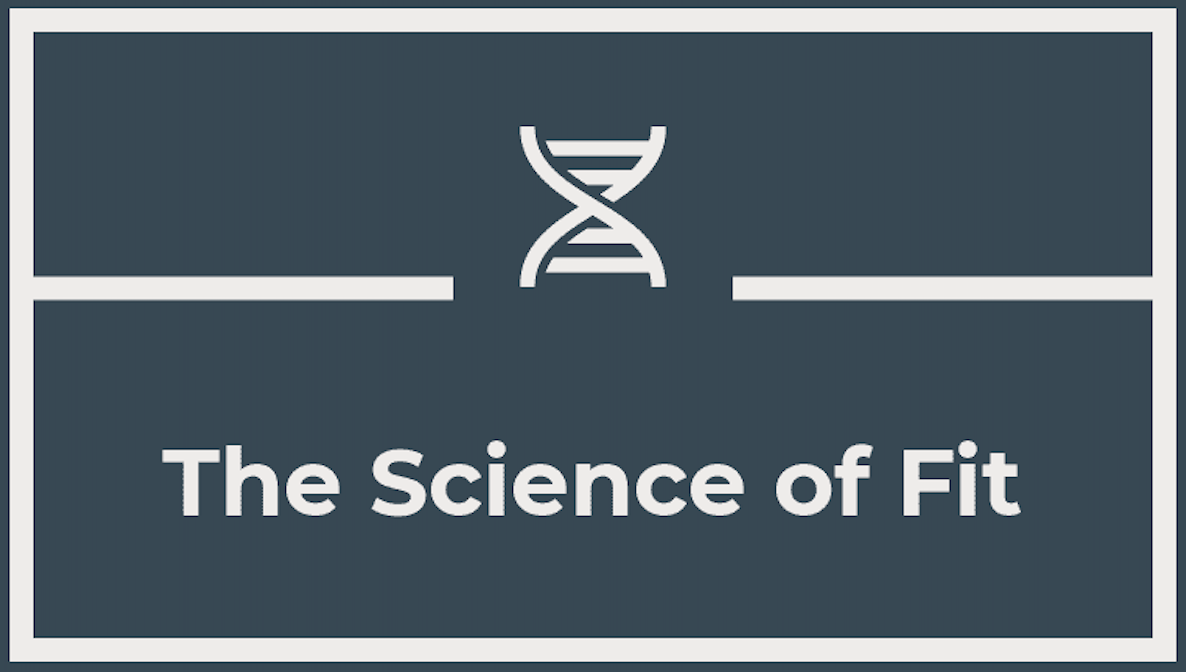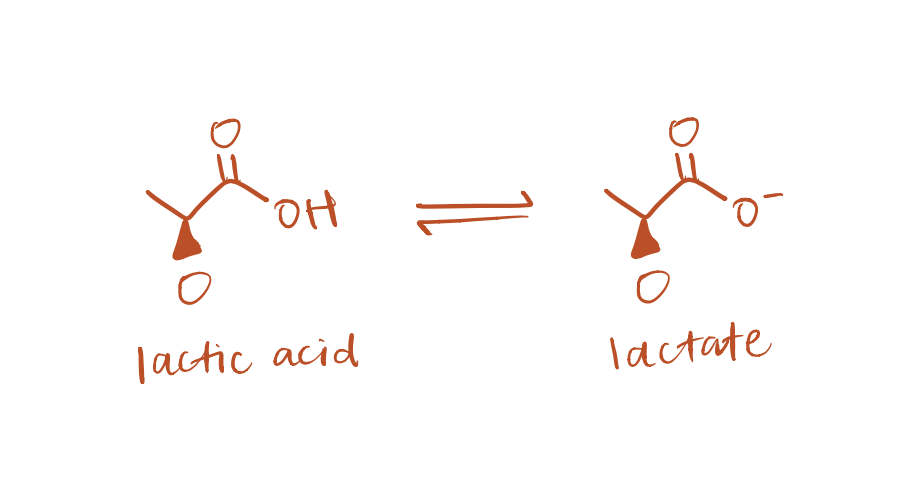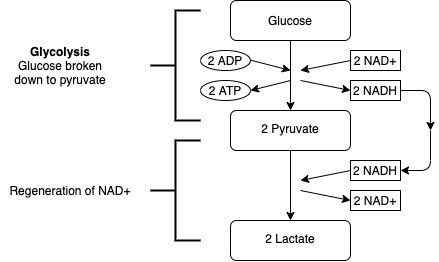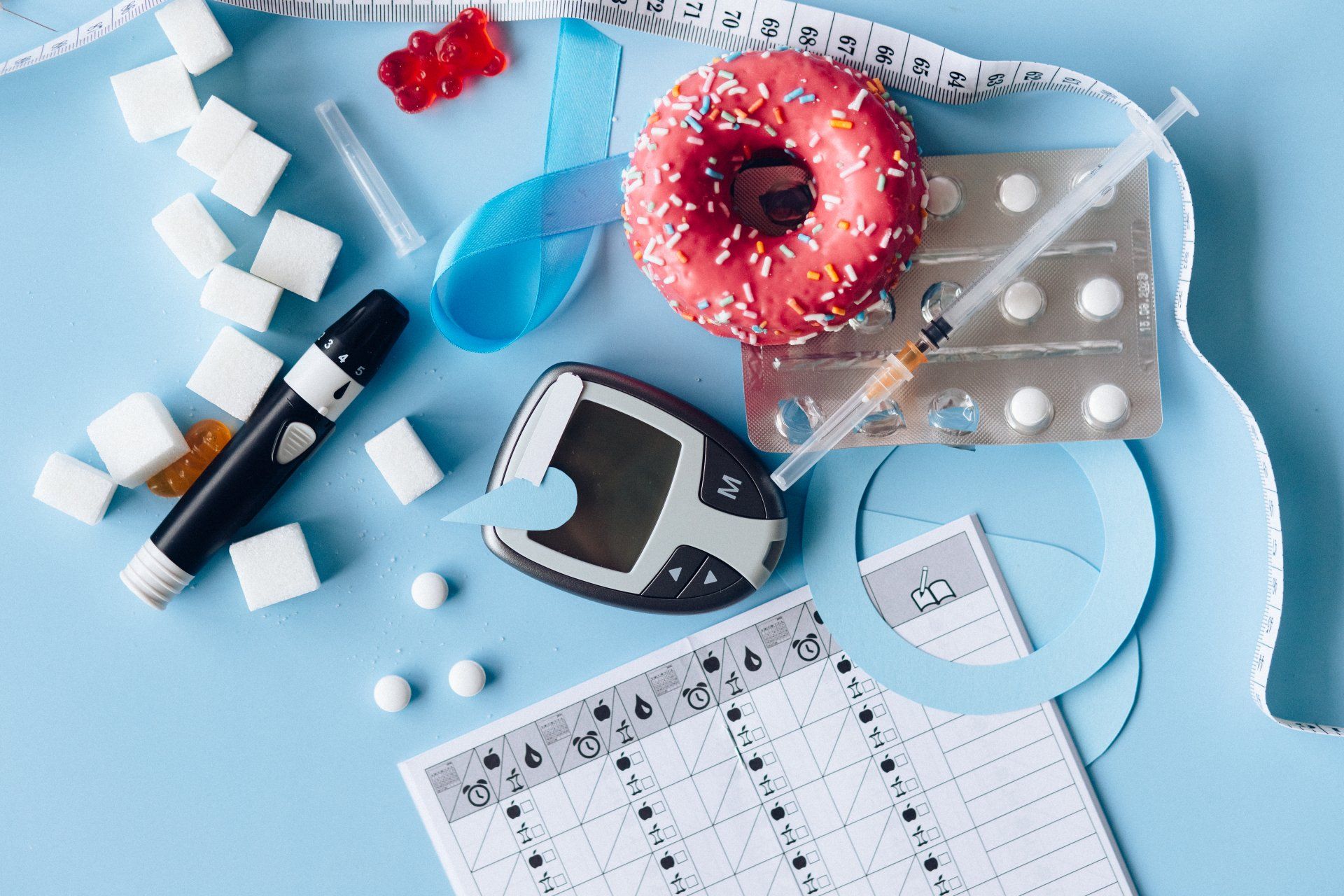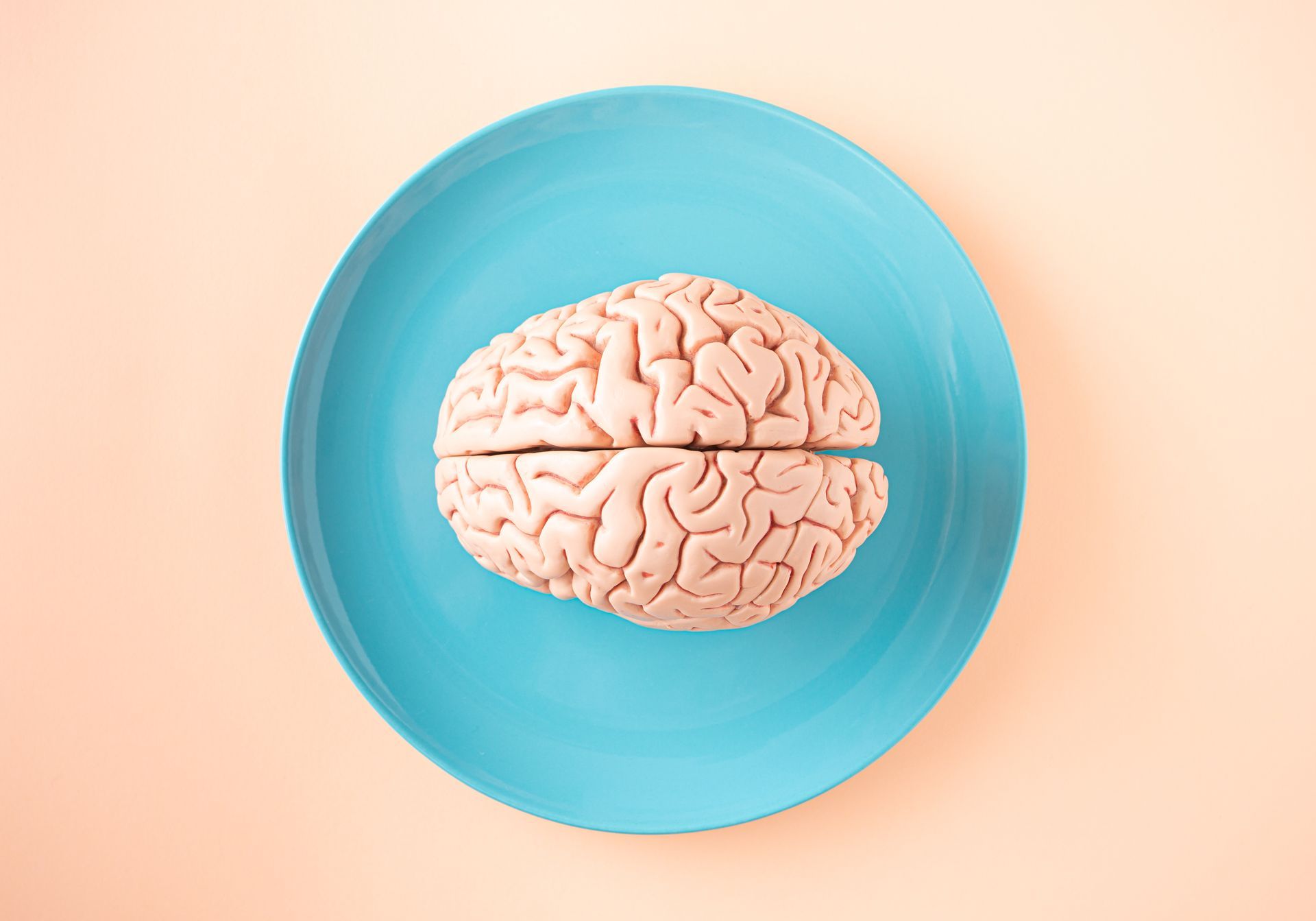How Lactic Acid is Beneficial for Exercise
What was once thought to be the cause of soreness and fatigue has now been proven to help you keep moving once you're out of breath

Whether or not you have heard of it before, there is no doubt you have felt its effects. It's the reason why your legs feel like they are going to collapse after a long run. While it may seem odd for our body to make it difficult to exercise, there are biological and evolutionary reasons why. The main producers of lactic acid are muscle cells, but it is also produced by red blood cells. In order to plan your exercise more effectively, it is important to understand how lactic acid functions and the effects it causes.
What is Lactic Acid?
Lactic acid, also known as lactate, is a product of anaerobic respiration. Anaerobic metabolic reactions are basically those that occur in the absence of oxygen. This is why lactic acid is produced during strenuous activity as your body begins to function at an oxygen deficit. Lactate production occurs in plants and animals and the process varies a bit, but for the sake of relevancy I'll stick to humans. It's also found in some foods such as sourdough bread, beer, or kimchi.
The body has both fast twitch and slow twitch muscle fibers. Slow twitch fibers appear red due to the high amount of myoglobin, an oxygen transport protein. On the other hand, fast twitch muscle appears white because it does not contain much blood. Therefore, lactic acid is largely produced by fast twitch fibers because slow twitch rely on oxygen for energy.
What function does lactic acid play?
Lactic acid is a key part in maintaining available energy for the body to use for exercise. It becomes even more important when our bodies can not keep up with oxygen consumption. Two of the other major players that you need to know about first are ATP and Glucose. Glucose is the main 6-carbon sugar that the body uses for energy. ATP stands for adenine triphosphate which is simply an adenine molecule bonded to three phosphate molecules. ATP supply is largely synonymous with energy supply, i.e. if you have a lot of ATP you have a lot of available energy. Due to the chemical properties of ATP it is important for transferring energy during metabolic processes.
During the beginning stages of exercise in the presence of adequate oxygen, aerobic respiration occurs in order to create ATP from glucose. As demand increases, oxygen supply decreases and anaerobic respiration begins to become more important. Here, glucose is broken down to pyruvate - an intermediate in several metabolic processes - and then further into lactate. During this process, NAD+ is regenerated from NADH (nicotinamide adenine dinucleotide). NAD+ plays a key role in electron transfer between biological molecules. I could keep going down the scientific rabbit hole as there are a bunch of other steps involved in energy production but I'll stop at NAD+.
Once lactic acid is produced it is taken up by the liver where gluconeogenesis can occur. This converts the lactate back to pyruvate and then into glucose which can once again be broken down to produce ATP. This may seem like a lot of round about steps but it’s actually a very complex pathway that allows the body to continue producing ATP for energy by utilizing multiple organs. If lactate were not produced, there would be a build up of NADH and a lack of NAD+, therefore the body would not be able to break down more glucose. The pathway is known as the lactic acid cycle as well as the Cori cycle.
How this relates to performance and what you feel
If you're new to the fitness world, you'll quickly realize that you become tired much quicker than someone who has been working out for years. There is a reason why not just anyone can get up off the couch and go run a marathon. It's not because your muscles are weaker, but rather, your body is less efficient at producing and consuming energy. As a beginner you have a low lactic acid threshold meaning it does not take a lot of exercise to enter an oxygen deficit and therefore will begin producing lactate quickly.
In general, the more lactic acid buildup, the more you will feel your muscles "burn". This is usually caused by exercising for longer periods of time or lifting weights for more reps. It is important to note that lactic acid does not actually cause the burn, but rather is associated with it. The myth that lactic acid causes the "burn" has been regularly debunked over the last few decades. While lactic acid is associated with the burning sensation and fatigue felt during a workout, it is not actually responsible for the soreness that is felt the following days. Muscle soreness is actually due to microtears in the muscle fibers caused during exercise. This is a totally normal occurrence and is actually what causes muscle growth.
Athletes and really anyone who regularly exercises in some form can increase their body's ability to consume oxygen. This is done by the body adapting. One of the main changes seen is a lower resting heart rate. When completing strenuous activity, the heart is then able to pump more blood (and thus more oxygen) with every heart beat. Also, remember that myoglobin protein I mentioned before, well it turns out if you exercise a lot, your body will actually produce more myoglobin. More myoglobin will provide more oxygen for mitochondria to consume, aka the powerhouse of the cell. These two adaptations (as well as some more complex others) allow you to consume oxygen more efficiently and therefore will be able to complete more aerobic exercise before hitting the lactic acid threshold and transferring over to anaerobic exercise.
So then how do we get rid of lactic acid? It would not be beneficial to just have it sitting around in the body. When excess lactate is produced you begin to accrue what's called oxygen debt. Oxygen debt is the amount of oxygen needed to metabolize the lactic acid that has built up and replenish ATP levels. After you stop exercising, your body has to pay back this debt. Simply put, the lactate is shuttled to the liver and into the Cori cycle where it can now be converted to glucose because there is adequate oxygen and NAD+. By exercising regularly, you can help minimize the amount of oxygen debt that builds up allowing your workouts to last longer and be less painful.
